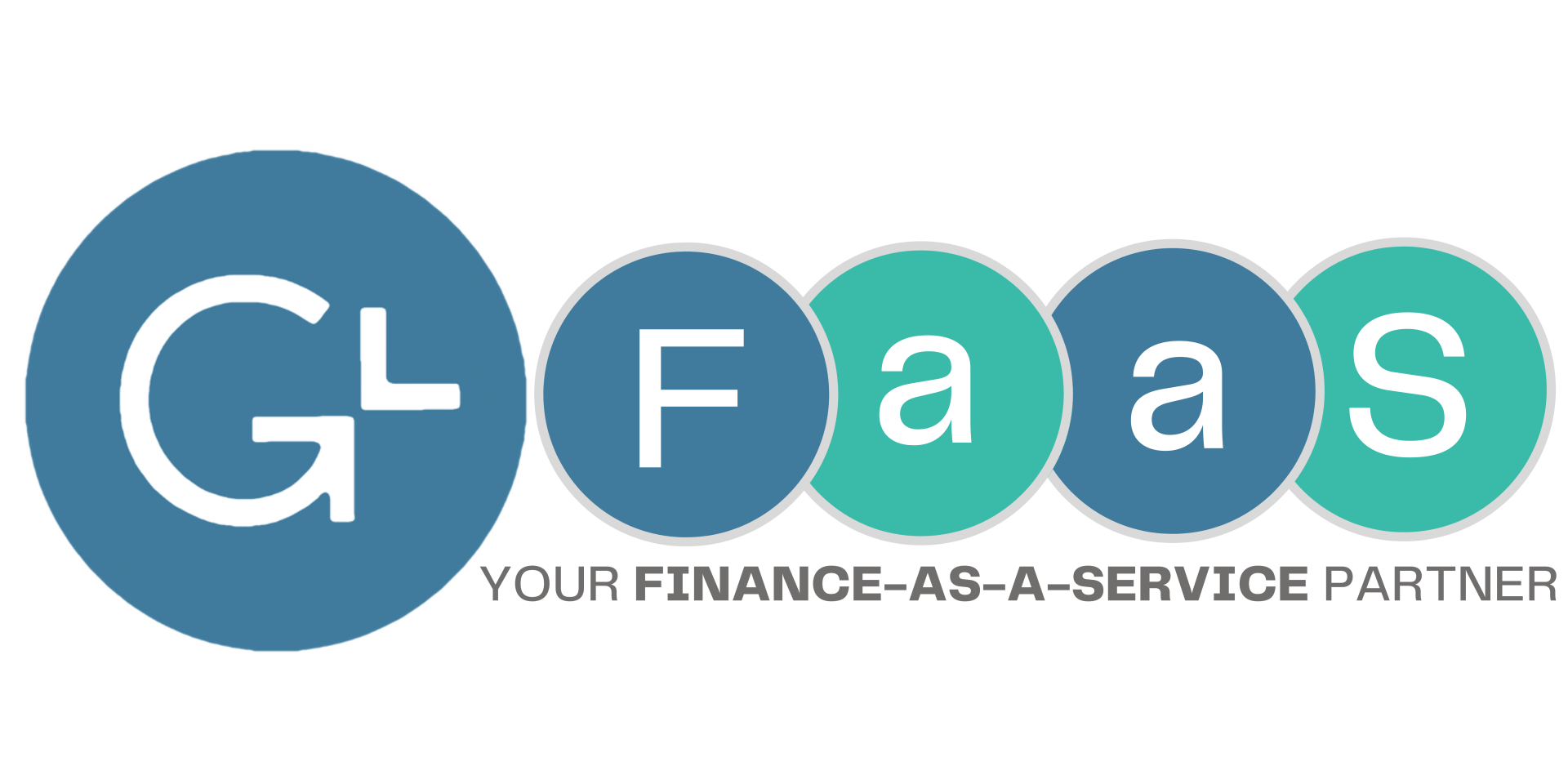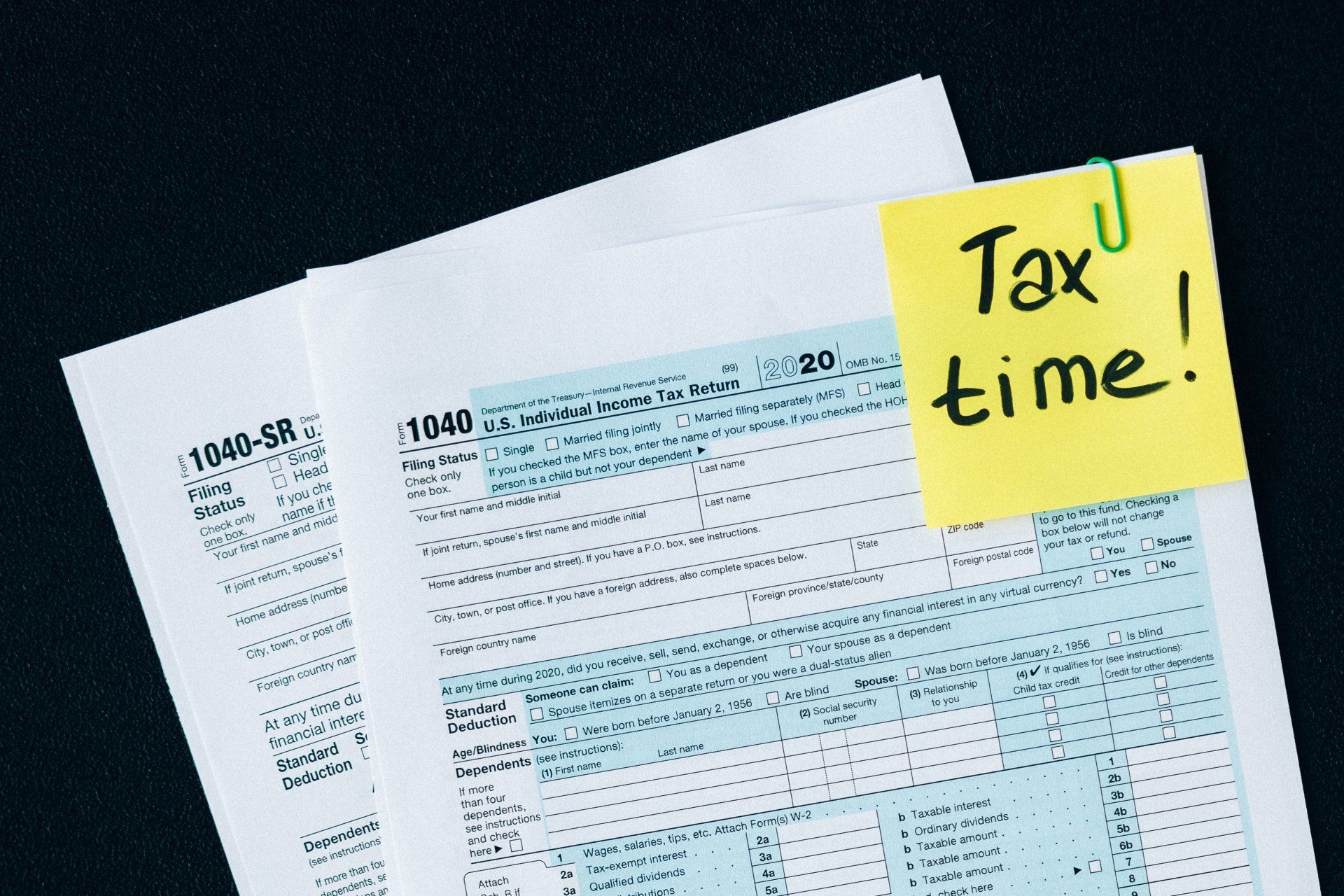The Importance of Cash Flow & Tax Planning in an Economic Backdrop
The Importance of Cash Flow & Tax Planning in this Economic Backdrop
6 Ways to Proactively Manage Your Cash
1. Evaluate Expenses
When times are good, it’s natural to get looser with adding new expenses, especially new subscriptions. What happens is “subscription creep” where more and more subscriptions are added, but rarely are any canceled. Do a subscription audit to see which ones you no longer use or don’t need as many licenses for. You might be surprised at how much you can cut out of your expenses.
It’s also a great time to evaluate how effective your Sales & Marketing spend is if you haven’t done it in a while. This could be a great opportunity to identify channels that might be working well & which ones are struggling. Re-allocating funds from an underperforming channel to one that’s working can help take the pressure off of having to cut expenses so deep by bringing higher quality revenue in the door.
2. See Which Tax Credits Are Available to You
Tax credits will reduce your tax liability. The most common credit is the Research and Development tax credit. If your company is in the developmental stage of operations the development expenses are eligible for the Research and Development Credit. Early stage companies can also use the credit to offset the employer payroll tax liability. In addition, companies should be reviewing the various State tax credits incentives,
3. State Tax Planning
Various States are changing the definition of when a company is doing business in a State for Income Taxes and Sales Tax. Proper planning will manage the burden. Companies should review the various laws and regulations. Companies should consider doing
nexus reviews, even though the company would need to file in additional states, there may be an advantage in the future.
4. Reduce Your Account Receivables
Whether in good or bad times, cash is king. It’s the lifeblood of the business. If you have it, you can fight another day. Without it, the end might be near. One area that can be overlooked when it comes to cash is your outstanding accounts receivable. If you haven’t paid close attention to collecting invoices owed to you there’s no better time than now to start.
We see companies that have multiple months worth of income sitting on their balance sheet just waiting to be collected. It pays to be ahead of the curve here during a downturn because the deeper the downturn the more challenges you’ll have collecting payment from customers. Some of them are likely struggling and just don’t have the cash to pay you.
Check out your account receivables balance today & pay close attention to how much is > 30 days past due. We even put together
5 Tips to Help you Manage your Accounts Receivable.
5. Manage Your Account Payables
If you have a game plan when it comes to your account receivables then it’s wise to think about the other side of the coin, account payables. Your strategy here can be used as a mechanism to save money or delay money going out the door. You can use these strategies to increase your bank balance, which can be critical if you’re tight on cash.
One strategy is to evaluate what discounts you may be giving up by waiting to pay at the due date for invoices. Some businesses will offer “terms” if you pay within a certain amount of time. For example, if you see something like “2/10 net 30” this means that you can receive a 2% discount if you pay within 10 days of the invoice date and that the invoice is due 30 days from now regardless. Businesses who need cash in the door may be more willing to negotiate terms in a downturn. If you find yourself in a good cash position you can take advantage of some nice vendor discounts.
On the flip side, if you find yourself strapped for cash then take some time to evaluate your current payables strategy. Are you paying bills before their due date with no discount? If so, your bank balance is lower than it could be throughout the month. It’s worth some time to especially look at this for your top 5-10 vendors.
6. Accounting Method
Initially companies need to decide whether they should record their income and expenses on a cash basis or accrual basis. Most businesses elect the accrual method which would properly reflect the results of the business. However, for tax purposes you can elect to be on a cash basis. The difference could result in lowering your tax burden. This election is made at the time the company starts its operations. The company can change its accounting method for tax as it grows (it may be required to change based on statutory requirements). Once it is changed it can not change back for five years.
Whether you have time to address one or all of these, start today. Create time to execute on at least one of these action items. You will harvest many times the effort you put into it.
Written by: Stephen Newland & Stephen Cummings.
Here's What We Can Do For You
Business Accounting Services
Your books are the foundation of your financial value stream. Make certain that they are clean, clear, and complete.
Partnering With You To Help You Through Your Toughest Challenges.
CFO strategy provides the seeds to fuel growth and the underlying pressure to drive consistent execution.
Plan, Execute, Measure, Adjust & Repeat.
Financial Planning & Analysis starts with business strategy, robust accounting, and cadence in reporting.
Ensuring Efficiency, Compliance, and Growth With Your Tax Plan.
Tax strategy brings the planning pieces together in a way that keeps you in compliance and maximizes tax savings.
AppStream Powered by GrowthLab
We work with customers and accounting firms to improve access to data, increase efficiencies, streamline processes, and ultimately move them toward their vision of where they want to be.
Check out More of our Recent Content!

GrowthLab is your Finance-as-a-Service partner
that serves Founders and Management Teams with


